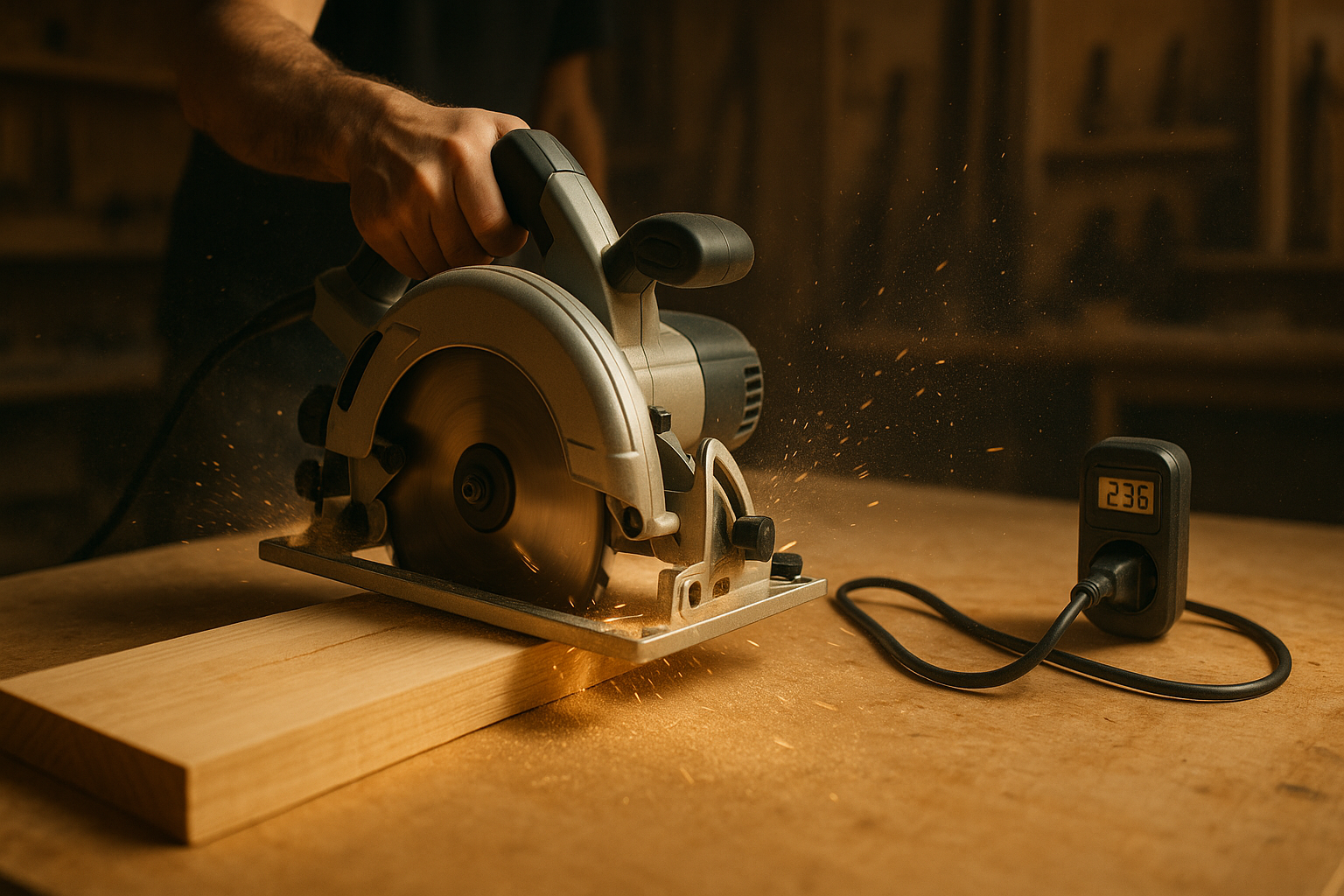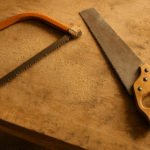For anyone setting up a workshop or comparing electric tools, one question always comes up: how many watts does a circular saw use? The answer depends on far more than just the label on the box. A saw’s wattage reveals how efficiently it converts electricity into cutting power — a balance that shapes performance, safety, and cost. In 2025, with smarter batteries and brushless motors, understanding watts means understanding the future of energy efficiency in the workshop.
Most standard circular saws draw between 1,200 and 1,800 watts, though heavy-duty models can exceed 2,000. Cordless saws measure output differently — usually in volts and amp-hours — but their wattage equivalent often falls within the same range. What matters most isn’t the absolute number, but how efficiently the tool uses that power. Two saws with identical ratings can perform very differently depending on motor design, blade sharpness, and torque management.
Modern electric saws have become dramatically more efficient thanks to brushless motor technology, which reduces friction and heat loss. These systems convert nearly all incoming energy into rotational force rather than wasted warmth. Combined with smart sensors that automatically adjust RPM based on resistance, newer saws deliver smoother cuts while consuming less electricity overall. As noted in The Battery Wars: Which Brand Dominates Power and Longevity in 2025?, improvements in cell chemistry have also helped tools maintain steady performance without energy spikes or drops.
Your workspace power source also plays a role. Running a 1,500-watt saw on a circuit with other high-draw tools can trip breakers or reduce efficiency. The same is true for battery-operated saws — if you overload a battery pack designed for lighter applications, you’ll drain it faster and strain the motor. As outlined in Best Oil for an Electric Chainsaw: Keeping Your Chain Smooth and Safe, consistent maintenance ensures all moving parts operate at peak performance, which keeps energy waste low.
Beyond pure performance, wattage has environmental implications. Efficient tools lower not just utility costs but overall carbon impact — an important consideration as workshops shift toward cleaner power systems. Many modern saws now carry energy-optimization features similar to those used in smart appliances. This move aligns with trends explored in Sustainable Power: How Tool Brands Are Going Carbon Neutral, proving that efficiency and innovation increasingly go hand in hand.
Ultimately, there’s no single “right” wattage for a circular saw — only the right combination of power, precision, and purpose. If you’re cutting softwood or thin materials, a 1,200-watt saw is more than enough. For dense hardwood or continuous on-site work, 1,800 watts or more provides the durability needed for deep, consistent cuts. In the age of smart tools, it’s less about chasing maximum numbers and more about matching your tool’s energy to the task — a principle at the heart of modern craftsmanship.









